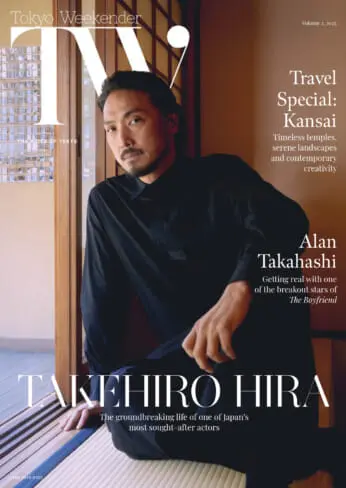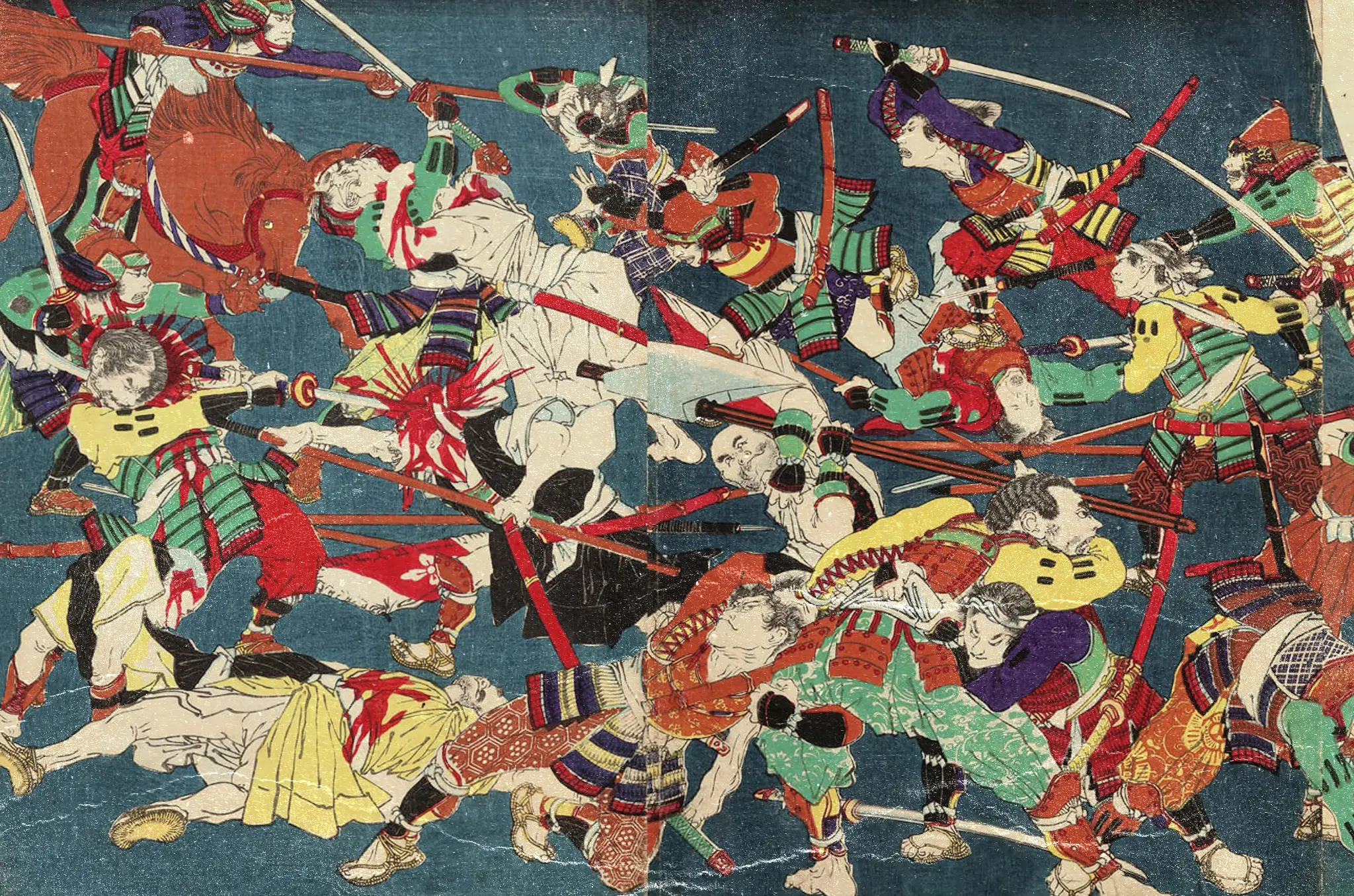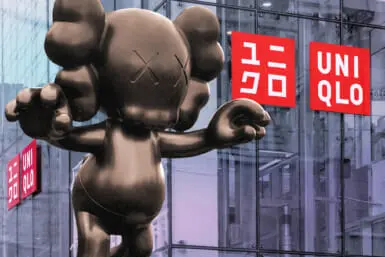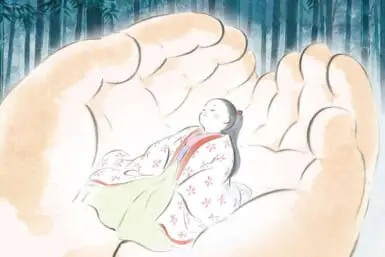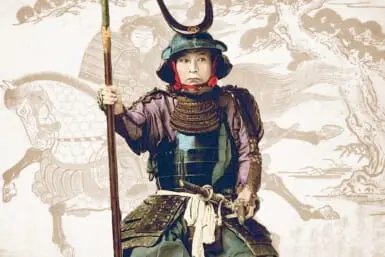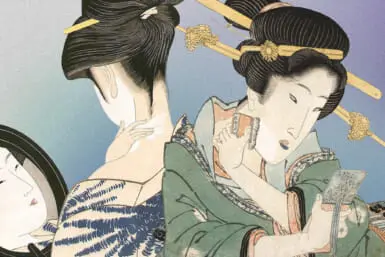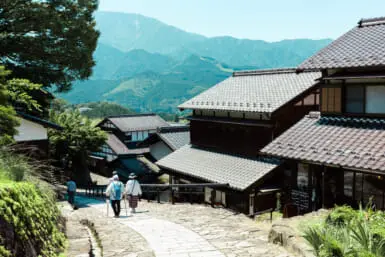Japanese monks had plenty of career options after taking their vows. Some went on to become great warriors and exorcists. Others were miracle workers. During the warring states period, however, many opted to lead populist revolts that were sweeping the country at the time.
One such commander was Shimotsuma Rairen, whose faction of warrior monks and peasants became so powerful that, at one time, they considered attacking the capital and installing Shimotsuma as the new shogun. How did that turn out? Let’s find out.
Dreaming of a Peasant Kingdom
First, a little background. True Pure Land Buddhism (Jodo Shinshu) is currently the most popular school of Buddhism in Japan. It got there by being incredibly accessible. Rather than rigorous studies, asceticism and meditation, the religion taught that anyone can be reborn in a paradise-like pure land simply by reciting “Namu Amida Butsu” (“I entrust myself to the Amida Buddha”).
This made True Pure Land Buddhism very popular with peasants, some of whom became fanatical zealots, repeating the mantra tens of thousands of times a day.
Believing that they were now guaranteed a place in heaven, they didn’t fear death. They were, therefore, easily recruited into fundamentalist warrior communities. Known as the Ikko-Ikki (single-minded groups), they became serious, highly-trained military forces in the 1400s and 1500s.
For decades, starting in the mid-15th century, the Ikko-Ikki of Kaga (the south and western portion of modern-day Ishikawa Prefecture) controlled the military governor of the province until they did away with the position entirely.
In 1546, Kaga became known as Hyakusho no Mochitaru Kuni — a land belonging to peasants — ruled by militant believers from the Oyama Gobo fortress, which would eventually grow into the city of Kanazawa.
It was the first time in history that a Japanese province was ruled by someone other than a noble or a samurai. This became a powerful inspiration for the monks at the Ikko-Ikki main compound of Ishiyama Honganji, located in Osaka.
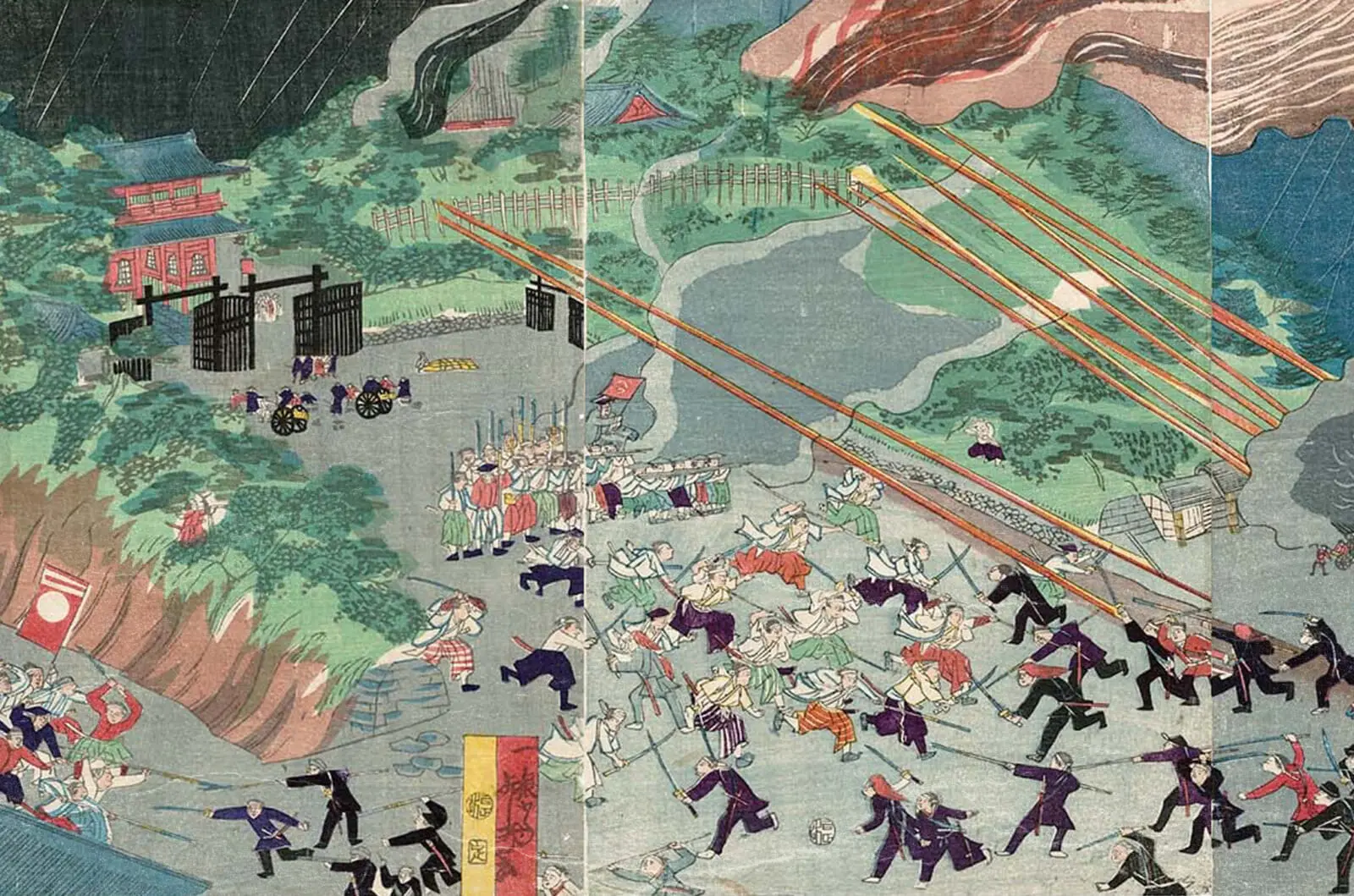
“Battle of Ishiyama Honganji” by Toyonobu (1859-1886) | Wikimedia, edits by TW
Under the Golden Sun Banner of Shimotsuma Rairen
Shimotsuma Rairen, who also went by the name of Shimotsuma Nakayuki, was admired for his diligence. Serving directly under the abbot of Ishiyama Honganji, he quickly rose through the ranks until he was running the massive fortified temple complex by issuing orders, coordinating with other Ikko-Ikki groups, writing letters and forming alliances.
With the Ishiyama Ikki growing in power, someone suggested that they should emulate Kaga by taking control of Kyoto and installing one of their own as a shogun. Shimotsuma was the obvious candidate. We can only guess how this keen, multitasking warrior monk would have handled the administration of Japan.
Sadly, we’ll never know for sure, because the group’s plans for a political revolution were stopped by Oda Nobunaga. The single-minded groups were the last bastions of opposition to Nobunaga’s conquest of Japan, and he wanted them gone. The Ikko-Ikki refused to go quietly. This sparked the Ishiyama Honganji War.
For 10 years, Nobunaga besieged Ishiyama, fighting against monks and peasants highly trained in the use of firearms and supported by the Mori clan and Murakami pirates. Both of these defenses were secured by the diplomatic and logistical efforts of Shimotsuma, who also kept tabs on the Ikko-Ikki factions outside Ishiyama. He acted as a judge when there were disputes while simultaneously dealing with an attack from one of the greatest warriors in Japanese history.
The man, though, was more than just an administrator. Dressed in full battle armor and holding a red banner with a golden sun on it, Shimotsuma was also a talented general who led many battles against Nobunaga’s advancing troops.
Shimotsuma Signs Oath of Loyalty to Nobunaga
After the warlord finally broke the sea blockade of the Mori clan (and defeated one of Japan’s pirate kings in the process), the Honganji slowly ran out of provisions and was ready to surrender.
Shimotsuma negotiated the end of the war, and he actually got the fearsome Nobunaga to spare everyone’s lives (with a little help from the emperor). The Ishiyama complex was burned down, but without people inside it. Shimotsuma signed an oath of loyalty to Nobunaga in his own blood but was then given permission to continue his work as a monk.
After Nobunaga’s death, he became an intermediary between the surviving Ishiyama Ikko-Ikki and Japan’s second great unifier, Toyotomi Hideyoshi. Using the warrior group in some of his campaigns, Hideyoshi also recognized the strategic position of the Honganji and had his main fortification built on its site.
Honganji’s Split Factions
Today, it’s known as Osaka Castle. As for Shimotsuma, he lived through a split of the Honganji into opposing factions, working hard to keep the peace between the two. Later on, he also negotiated with Japan’s third great unifier, Tokugawa Ieyasu .
Thanks to him, True Pure Land Buddhism was allowed to continue, centered around the rival Nishi Honganji and Higashi Honganji temples in Kyoto, the lands for which were granted by Hideyoshi and Ieyasu.
In the end, the monk who would be shogun died peacefully in 1626, satisfied with the fact that his religion survived. He would probably be pleased to know that Nishi Honganji and Higashi Honganji are still standing to this day.
